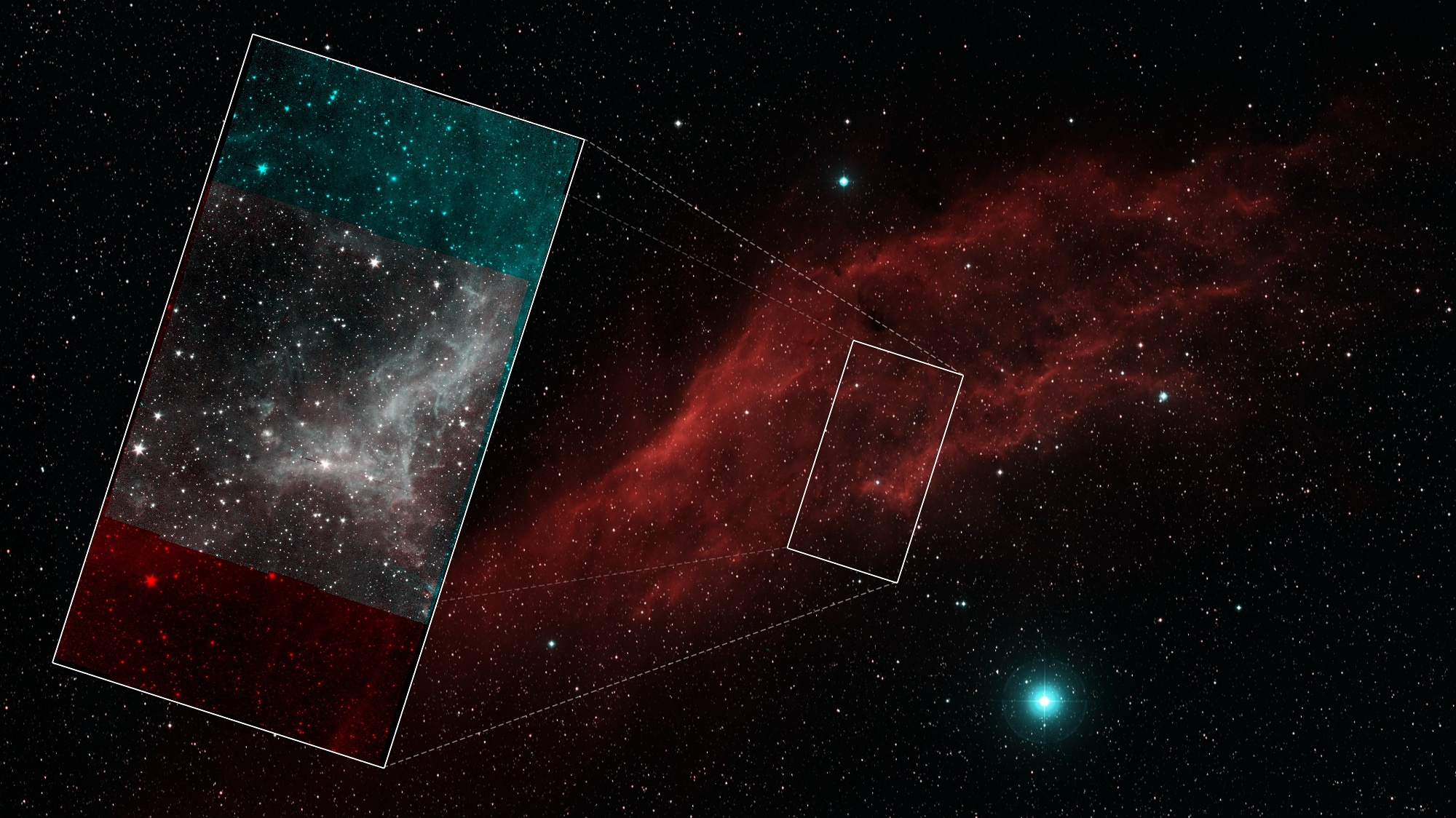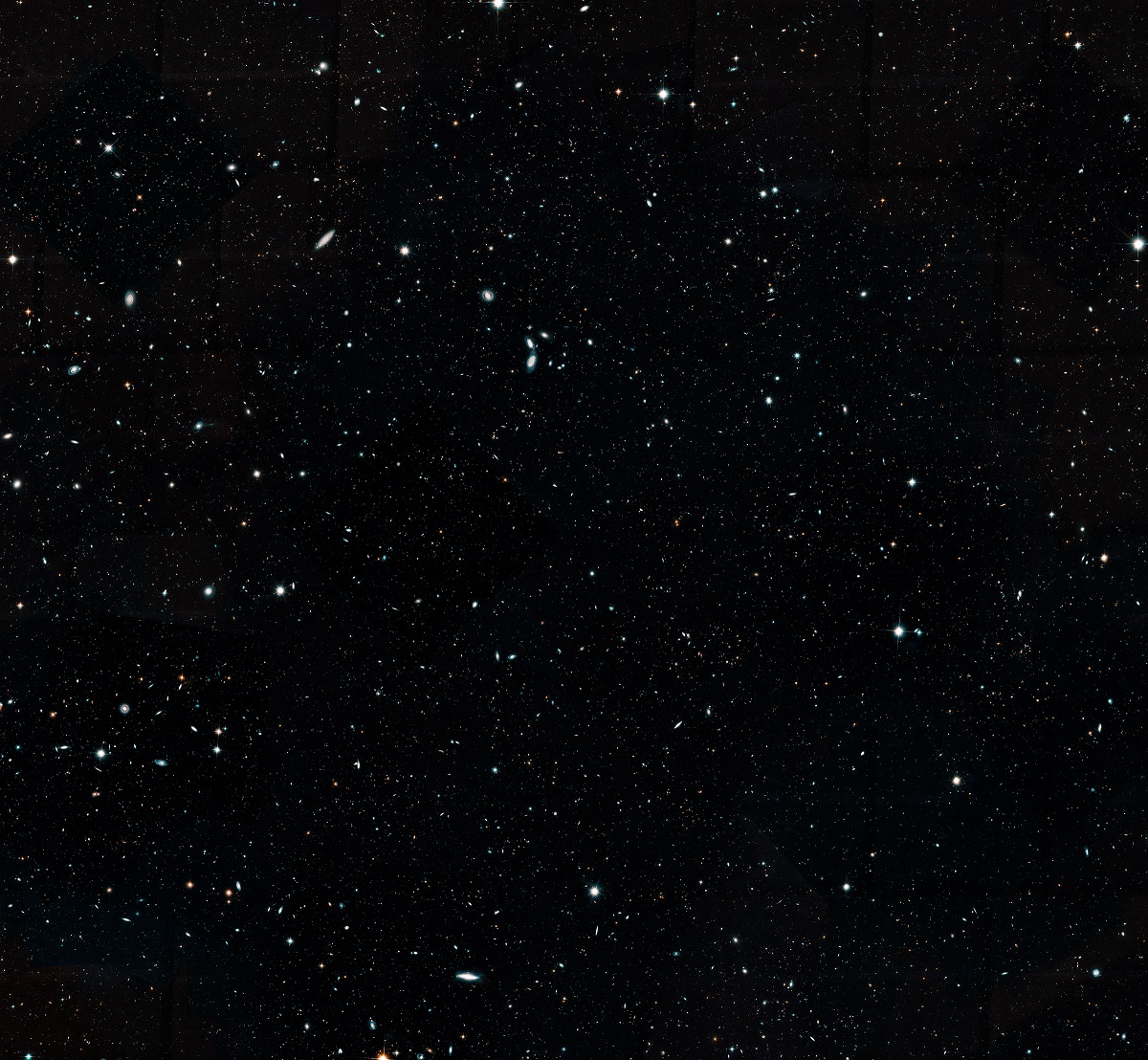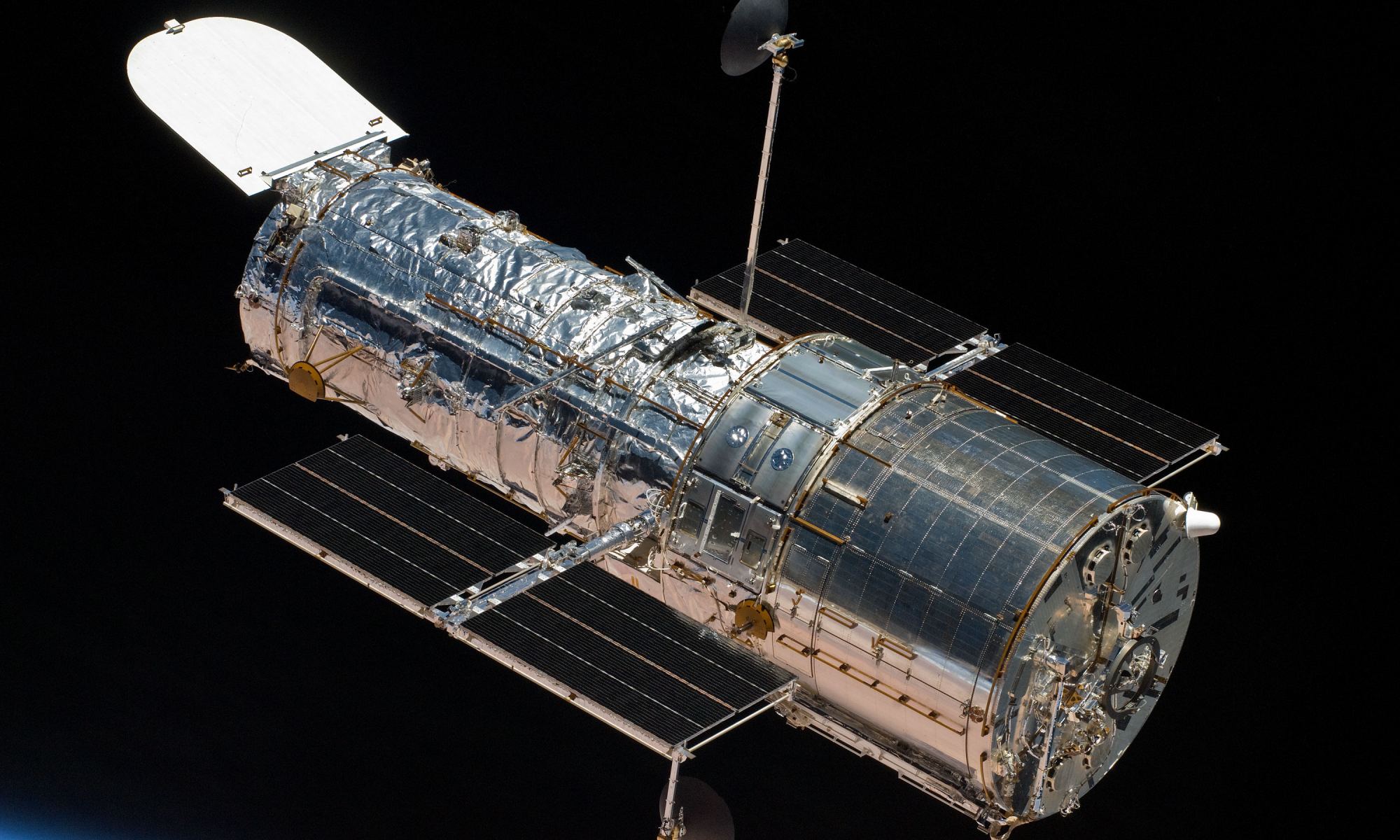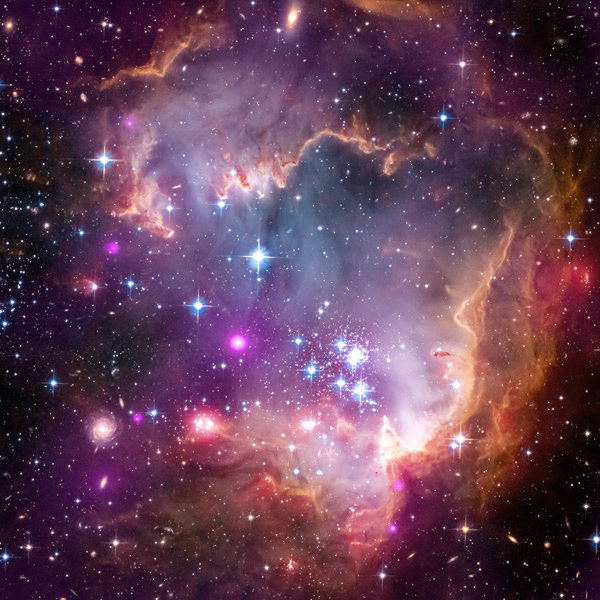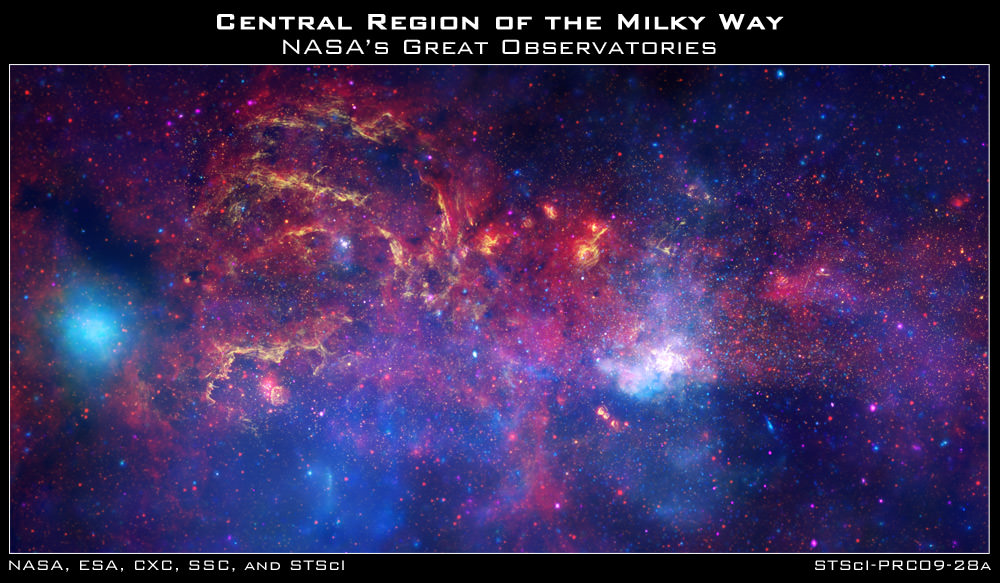On Jan. 30th, 2020, NASA’s Spitzer Space Telescope was retired after sixteen years of faithful service. As one of the four NASA Great Observatories – alongside Hubble, Chandra, and Compton space telescopes – Spitzer was dedicated to studying the Universe in infrared light. In so doing, it provided new insights into our Universe and enabled the study of objects and phenomena that would otherwise be impossible.
For instance, Spitzer was the first telescope to see light from an exoplanet and made important discoveries about comets, stars, and distant galaxies. It is therefore fitting that mission scientists decided to spend the last five days before the telescope was to be decommissioned capturing breathtaking images of the California Nebula, which were stitched into a mosaic and recently released to the public.
Continue reading “This is the Final Picture NASA’s Spitzer Space Telescope”
